The ghostly Canada lynx
The boreal forest shelters a big, very low-profile, wild cat: the Canada lynx. This northern feline is particularly well adapted to snow and cold. Its presence is closely linked to that of the snowshoe hare, its principal prey. The lynx is hard to spot, but luckily leaves tracks that betray its presence.
The Canada lynx manages the cold easily thanks to its dense coat, which is made up of long black or grey hairs and a thick yellowish-brown undercoat. Its long legs end in wide feet, their long digits covered with stiff hairs which, like snowshoes, allow the animal to move about easily in deep snow. It can be distinguished from its cousin the bobcat through the long tufts of dark hair on its ears.
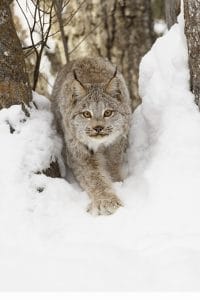
While the snowshoe hare is the principal element of its diet, the Canada lynx also eats rodents (beaver, squirrels, porcupines) and birds (ducks, grouse) for which it lies in wait and then captures after a brief pursuit. When the opportunity presents itself, it will attack young cervids (e.g., deer). It buries the remains in the snow or humus.
The Canada lynx populations fluctuate in nine- or ten-year cycles corresponding to the abundance of the snowshoe hare. When hares are few, the lynx has trouble surviving. To avoid having its numbers endangered by trapping, the lynx trapping quotas are set in accordance with this cycle.
This wild cat is mainly active at night and accommodates well to the presence of humans. It travels five to nine kilometres a day and leaves its large (up to 10 cm long and 14 cm wide) rounded tracks in the snow. Each imprint shows four digits with no sign of claws, as these are retractable and are only pushed out of their sheaths to grasp a prey or in defense.
This winter, as you travel the forest paths, clearings and cross-country ski trails, watch for the presence of this ghost of the boreal forest. It may be watching you.
More from this author by clicking on his photo below.


Jacques Prescott131 Posts
Jacques Prescott est biologiste, professeur associé à la Chaire en éco-conseil de l’Université du Québec à Chicoutimi. Spécialiste de la biodiversité et du développement durable, il est l’auteur de nombreux livres et articles sur la faune et la conservation de la nature. Il nous fait l’honneur de rejoindre notre équipe de collaborateurs et signera chaque mois une chronique intitulée Faune et flore. / Jacques Prescott is a biologist, associate professor with the Chair in Eco-Counselling of the Université du Québec à Chicoutimi. A specialist in biodiversity and sustainable development, he is the author of numerous books and articles about wildlife and nature conservation. He has honoured us by joining our team of contributors and will write a monthly column entitled Wildlife and Habitat.
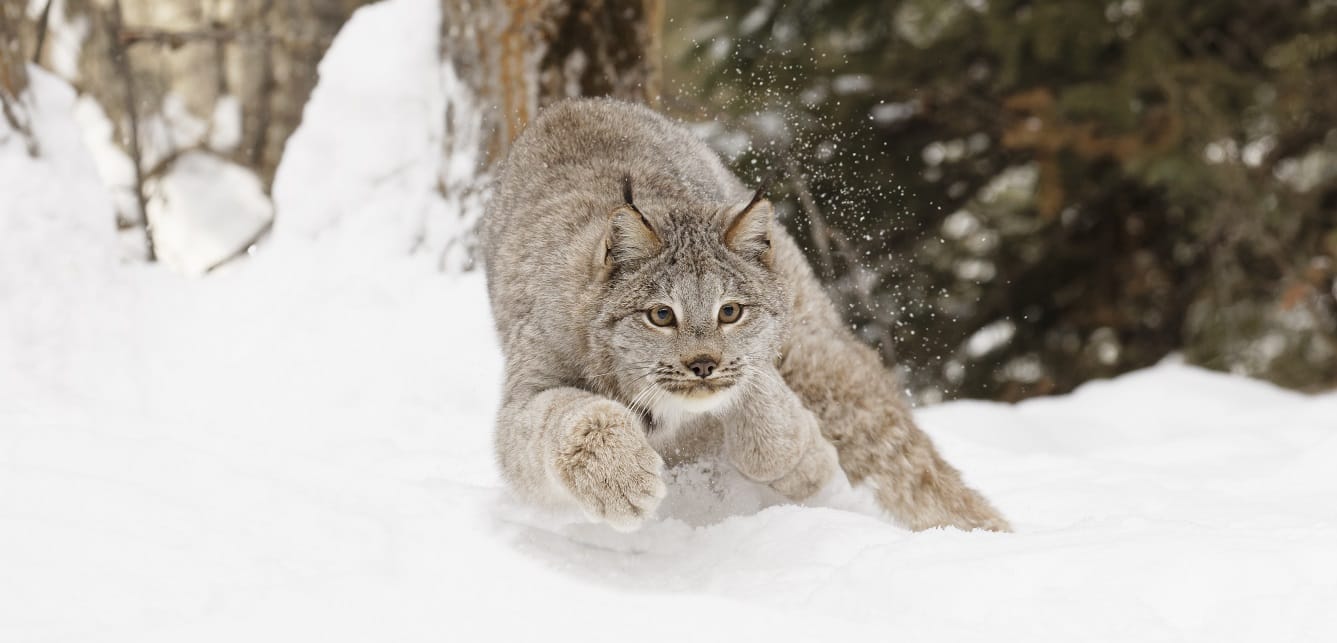
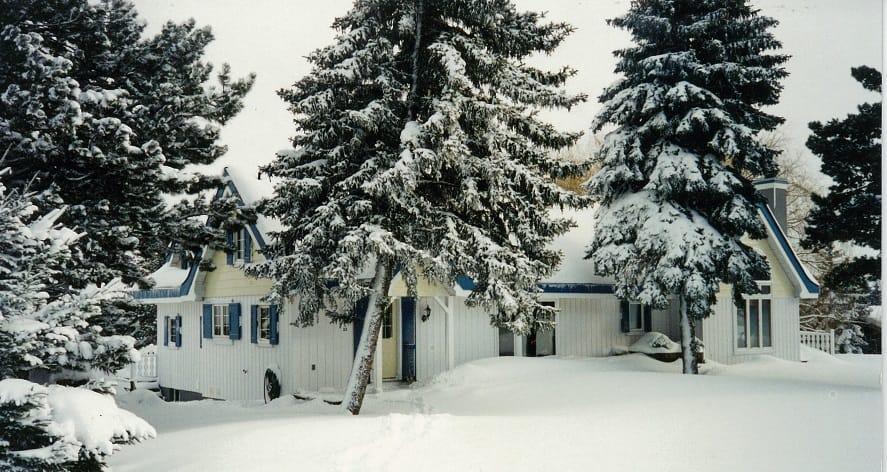

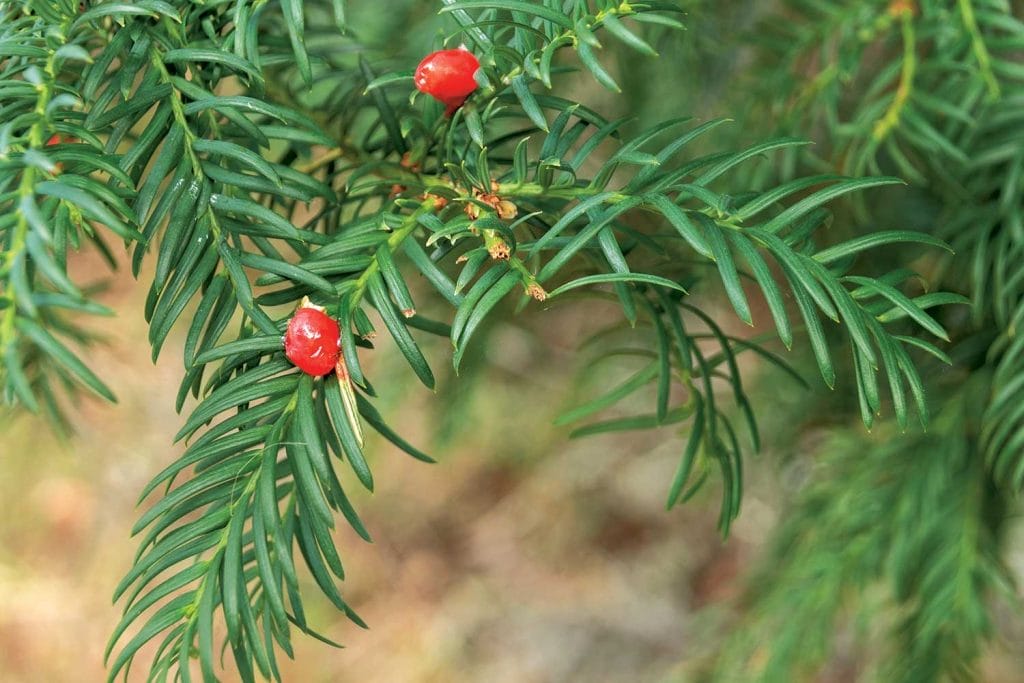
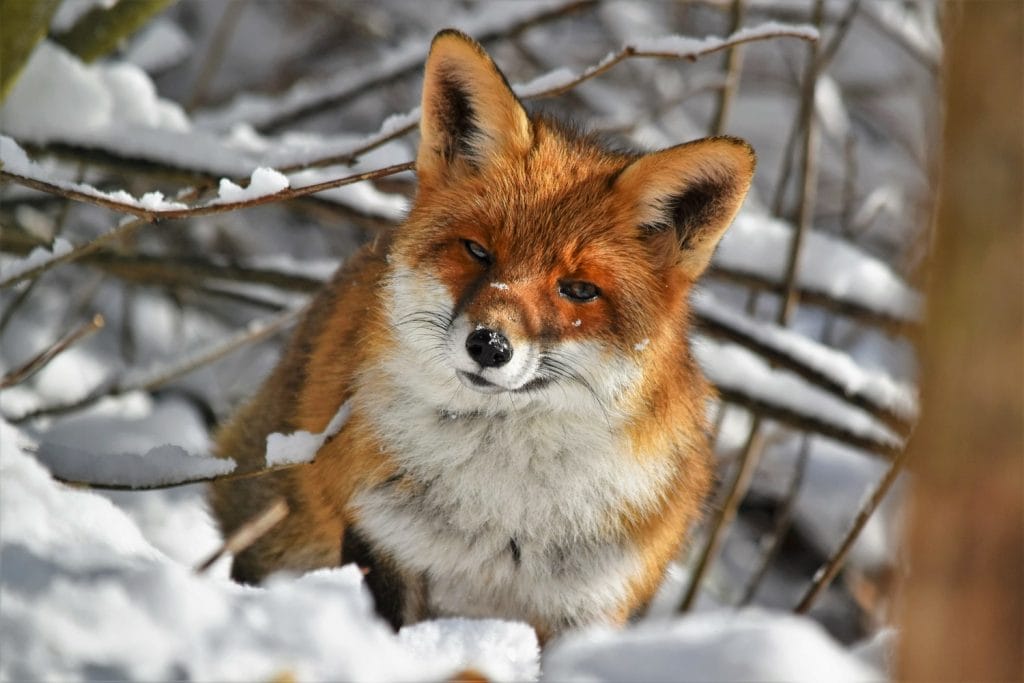
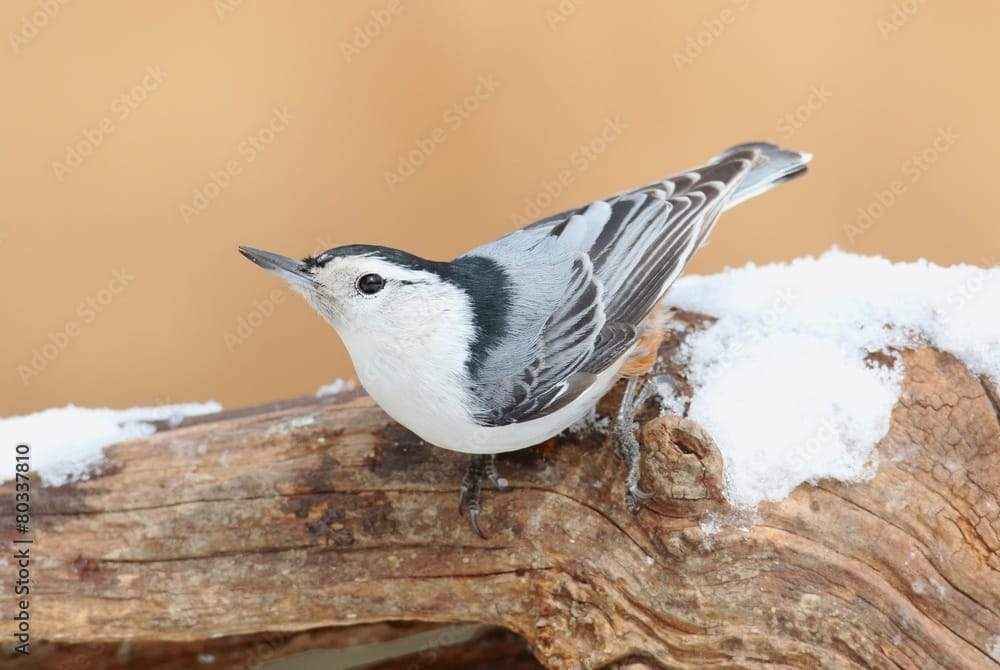
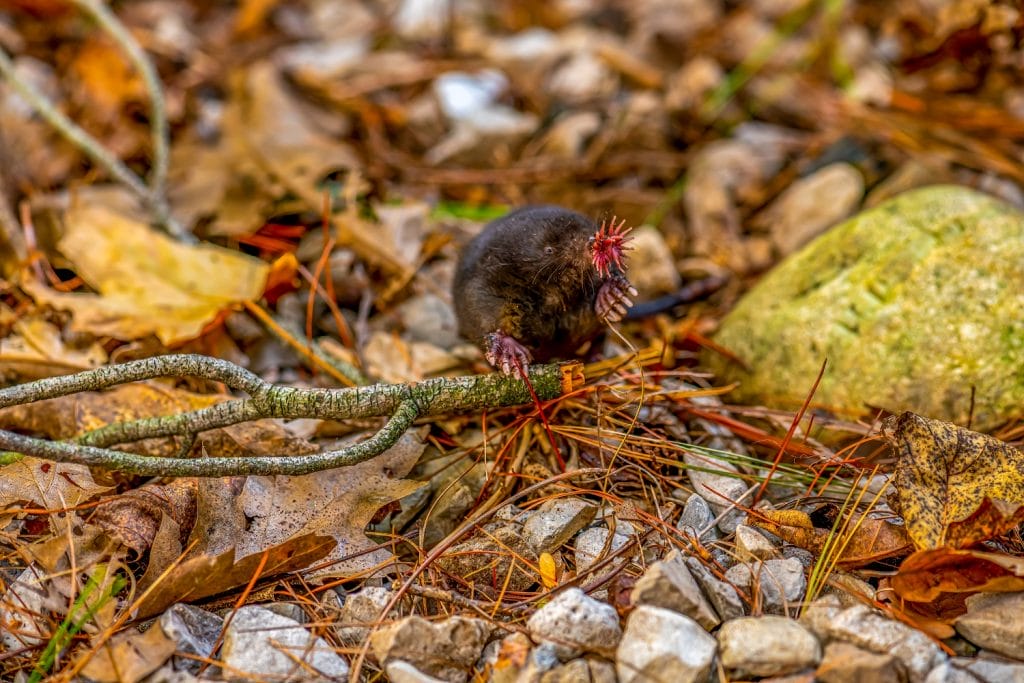
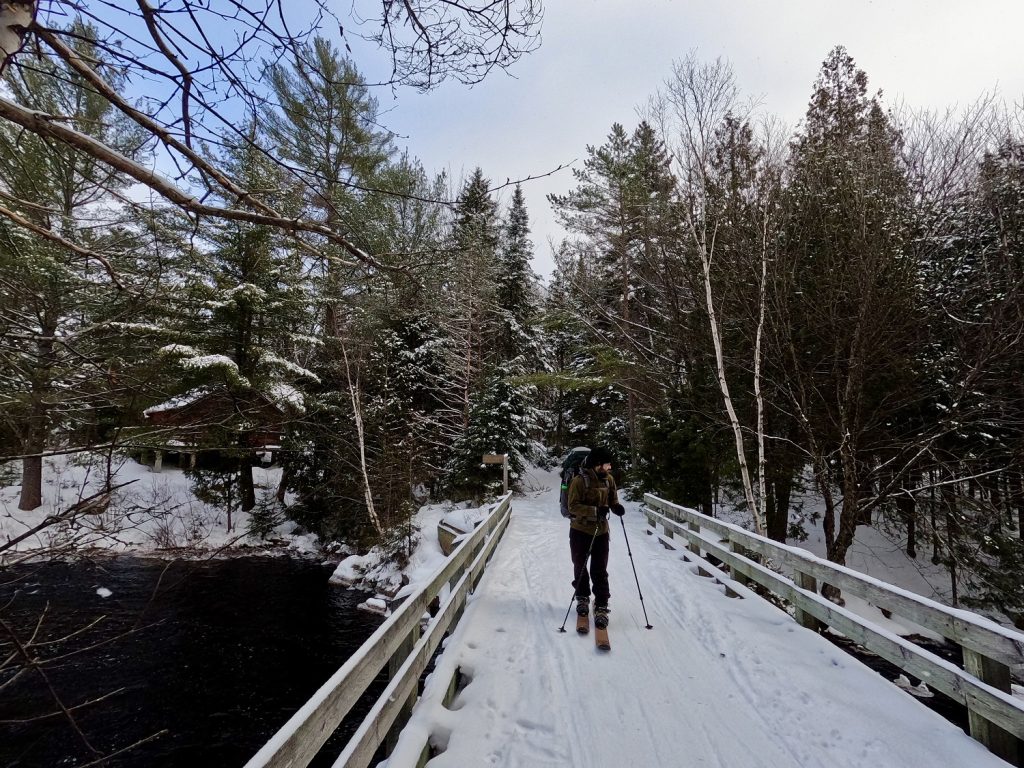
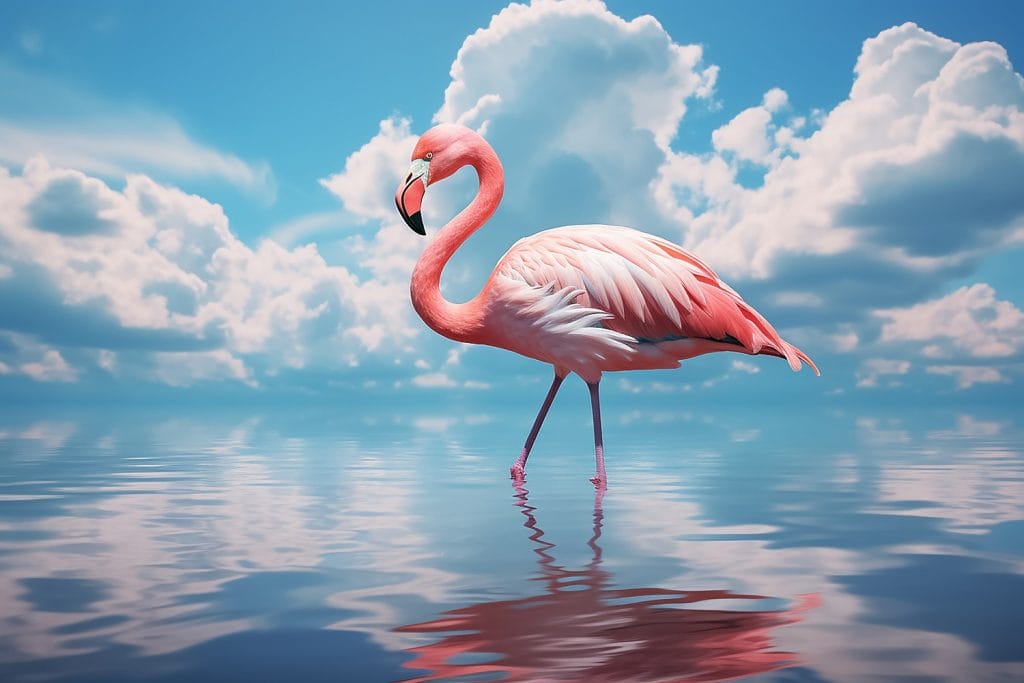
0 Comments